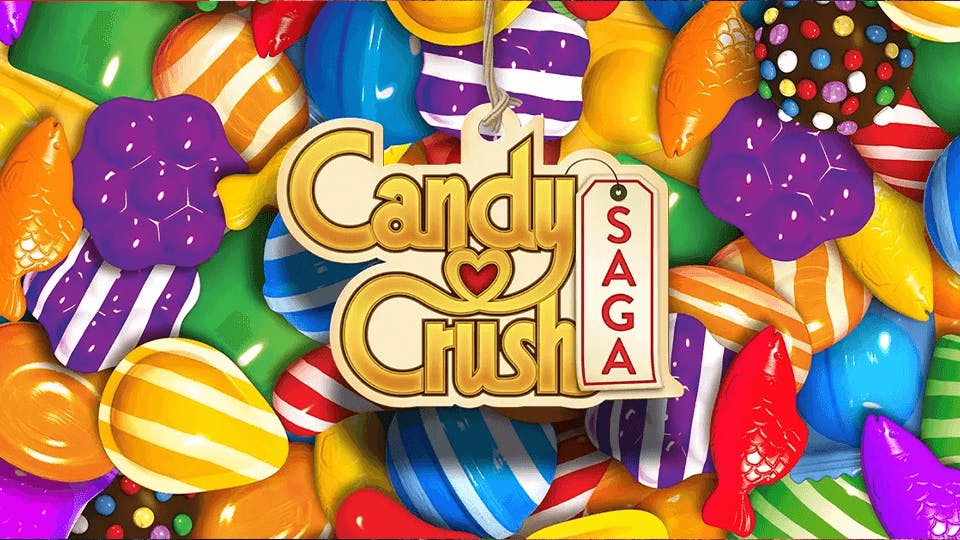
The Story of Candy Crush: From Casual Game to Global Phenomenon
Candy Crush was developed by King, a British company that already had experience with Facebook games. The game was initially released as an app in April 2012, based on a simple concept: matching candies of the same colour to eliminate them and achieve specific objectives.
Despite its simplicity, the formula proved addictive. The visual design, sound effects, and carefully calibrated difficulty curve allowed Candy Crush to spread rapidly amongst players of all ages.
The Leap to Global Stardom
Within months, Candy Crush became the most popular game on Facebook and one of the world’s most downloaded mobile titles. Its success was not only due to the gameplay, but also to its freemium structure, which allowed free play but offered in-app purchases to progress faster or gain additional lives.
In 2013, Candy Crush Saga was generating over $600,000 daily in revenue, cementing King as one of the giants in mobile gaming. The formula was replicated with other versions such as Candy Crush Soda Saga and Candy Crush Jelly Saga.

Cultural Impact and Longevity
Candy Crush not only dominated the mobile space, but also became embedded in pop culture: references in TV series, memes, and even parodies highlighted the game’s influence. It was one of the first titles to prove that mobile games could compete for attention and revenue with consoles and PCs.
More than a decade on, Candy Crush remains relevant, with themed events, new mechanics, and an active community of millions of players. Its business model, based on micropayments and daily retention, has become an industry standard.
Conclusion
The story of Candy Crush is the story of how a simple idea can transform an entire industry. More than just a game, it became a social phenomenon, a successful business model, and the starting point for the massive expansion of mobile gaming.









